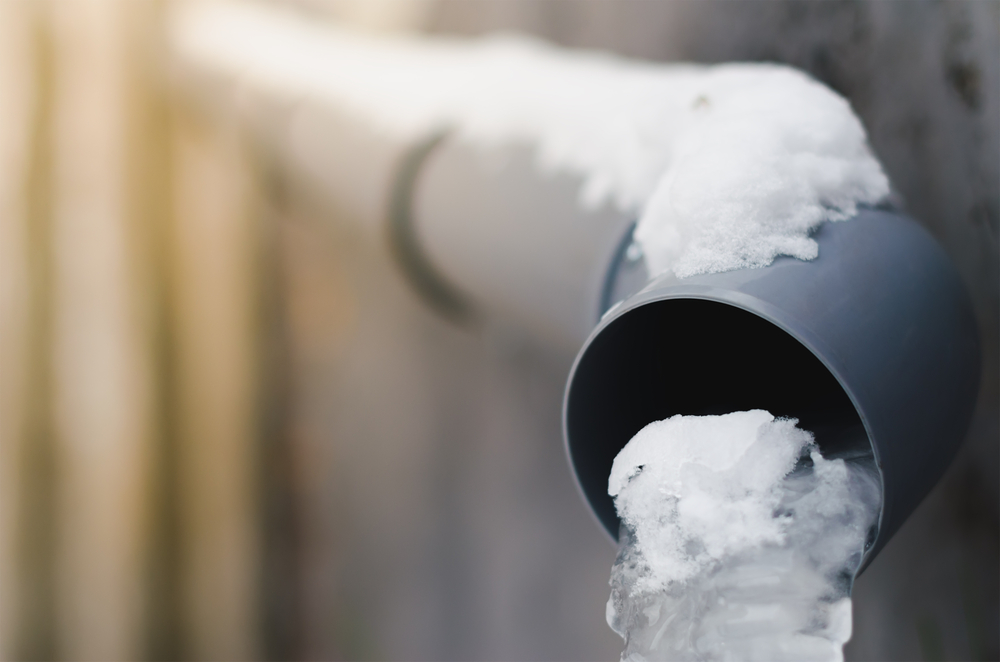We have uncovered this great article on Winter Plumbing Precautions: Preventing Frozen Pipes below on the net and reckoned it made sense to write about it with you in this article.

Winter can wreak havoc on your plumbing, specifically by freezing pipes. Right here's exactly how to stop it from happening and what to do if it does.
Intro
As temperatures drop, the risk of icy pipelines boosts, potentially leading to pricey repair services and water damage. Understanding how to stop frozen pipes is crucial for home owners in chilly climates.
Comprehending Icy Pipelines
What causes pipelines to ice up?
Pipes freeze when exposed to temperatures listed below 32 ° F (0 ° C) for prolonged durations. As water inside the pipelines freezes, it expands, putting pressure on the pipe walls and possibly triggering them to break.
Risks and problems
Icy pipes can cause supply of water disturbances, building damage, and expensive repair services. Ruptured pipes can flood homes and trigger considerable structural damages.
Indicators of Frozen Pipeline
Determining icy pipes early can avoid them from bursting.
How to identify frozen pipelines
Try to find reduced water flow from faucets, unusual smells or sounds from pipelines, and visible frost on revealed pipes.
Prevention Tips
Shielding prone pipes
Wrap pipelines in insulation sleeves or make use of warm tape to secure them from freezing temperatures. Concentrate on pipes in unheated or exterior locations of the home.
Home heating methods
Keep indoor areas sufficiently warmed, especially areas with plumbing. Open cabinet doors to enable cozy air to circulate around pipes under sinks.
Safeguarding Exterior Plumbing
Garden hose pipes and outdoor faucets
Detach and drain yard pipes prior to winter months. Mount frost-proof spigots or cover outside faucets with insulated caps.
What to Do If Your Pipelines Freeze
Immediate activities to take
If you suspect icy pipelines, maintain taps open to soothe stress as the ice thaws. Make use of a hairdryer or towels taken in hot water to thaw pipes slowly.
Long-Term Solutions
Structural changes
Take into consideration rerouting pipelines away from exterior walls or unheated locations. Add extra insulation to attic rooms, basements, and crawl spaces.
Upgrading insulation
Buy high-grade insulation for pipelines, attics, and wall surfaces. Proper insulation aids maintain regular temperatures and minimizes the risk of frozen pipelines.
Conclusion
Stopping icy pipes needs aggressive actions and fast reactions. By recognizing the causes, indications, and preventive measures, house owners can protect their pipes throughout winter.
5 Ways to Prevent Frozen Pipes
Drain Outdoor Faucets and Disconnect Hoses
First, close the shut-off valve that controls the flow of water in the pipe to your outdoor faucet. Then, head outside to disconnect and drain your hose and open the outdoor faucet to allow the water to completely drain out of the line. Turn off the faucet when done. Finally, head back to the shut-off valve and drain the remaining water inside the pipe into a bucket or container. Additionally, if you have a home irrigation system, you should consider hiring an expert to clear the system of water each year.
Insulate Pipes
One of the best and most cost-effective methods for preventing frozen water pipes is to wrap your pipes with insulation. This is especially important for areas in your home that aren’t exposed to heat, such as an attic. We suggest using foam sleeves, which can typically be found at your local hardware store.
Keep Heat Running at 65
Your pipes are located inside your walls, and the temperature there is much colder than the rest of the house. To prevent your pipes from freezing, The Insurance Information Institute suggests that you keep your home heated to at least 65 degrees, even when traveling. You may want to invest in smart devices that can keep an eye on the temperature in your home while you’re away.
Leave Water Dripping
Moving water — even a small trickle — can prevent ice from forming inside your pipes. When freezing temps are imminent, start a drip of water from all faucets that serve exposed pipes. Leaving a few faucets running will also help relieve pressure inside the pipes and help prevent a rupture if the water inside freezes.
Open Cupboard Doors
Warm your kitchen and bathroom pipes by opening cupboards and vanities. You should also leave your interior doors ajar to help warm air circulate evenly throughout your home.

Do you appreciate reading about Helpful Tips to Prevent Frozen Pipes this Winter? Leave a comment directly below. We will be happy to listen to your feelings about this posting. Hoping that you visit us again soon. I beg you set aside a second to distribute this blog post if you liked it. Thank you for taking the time to read it.
Click Here